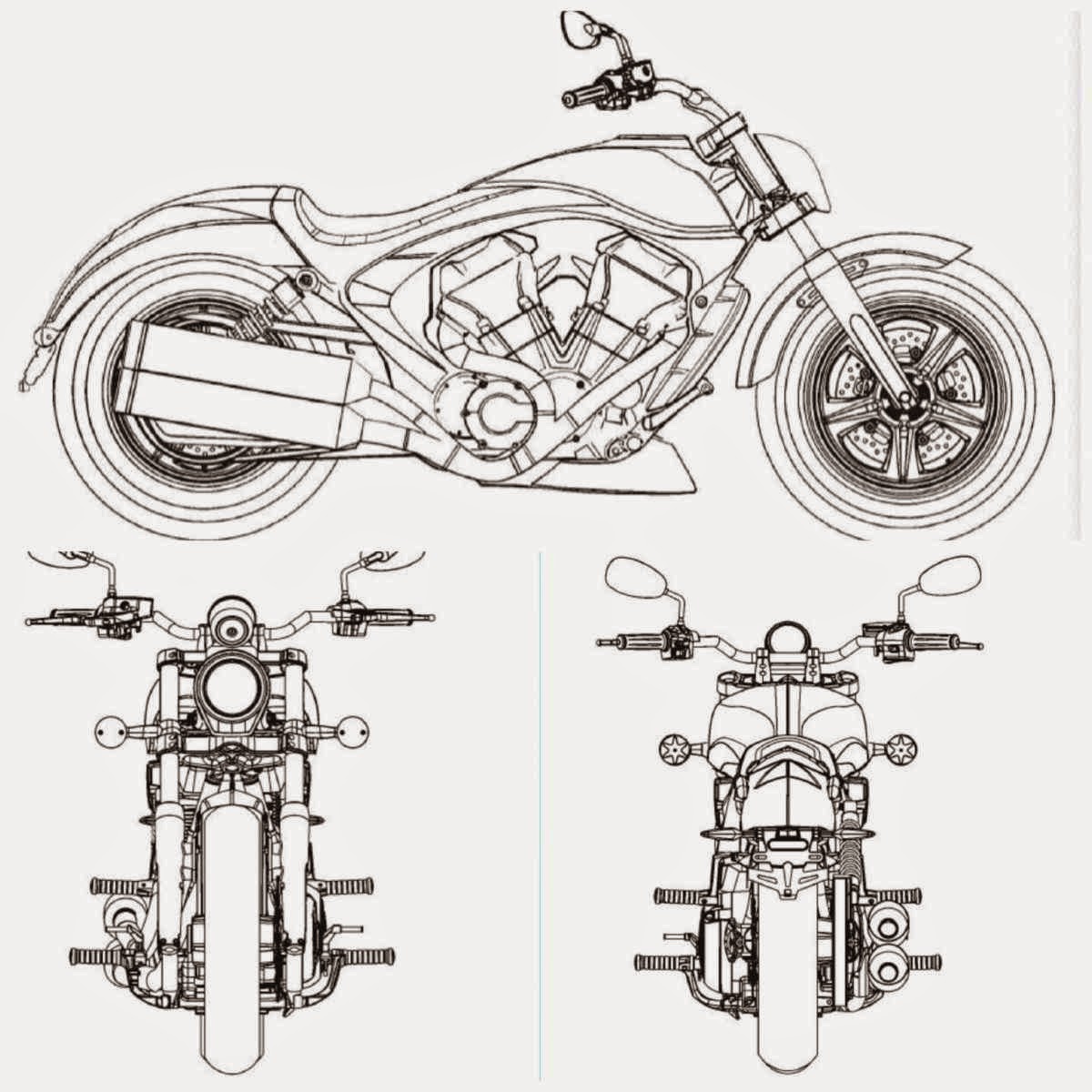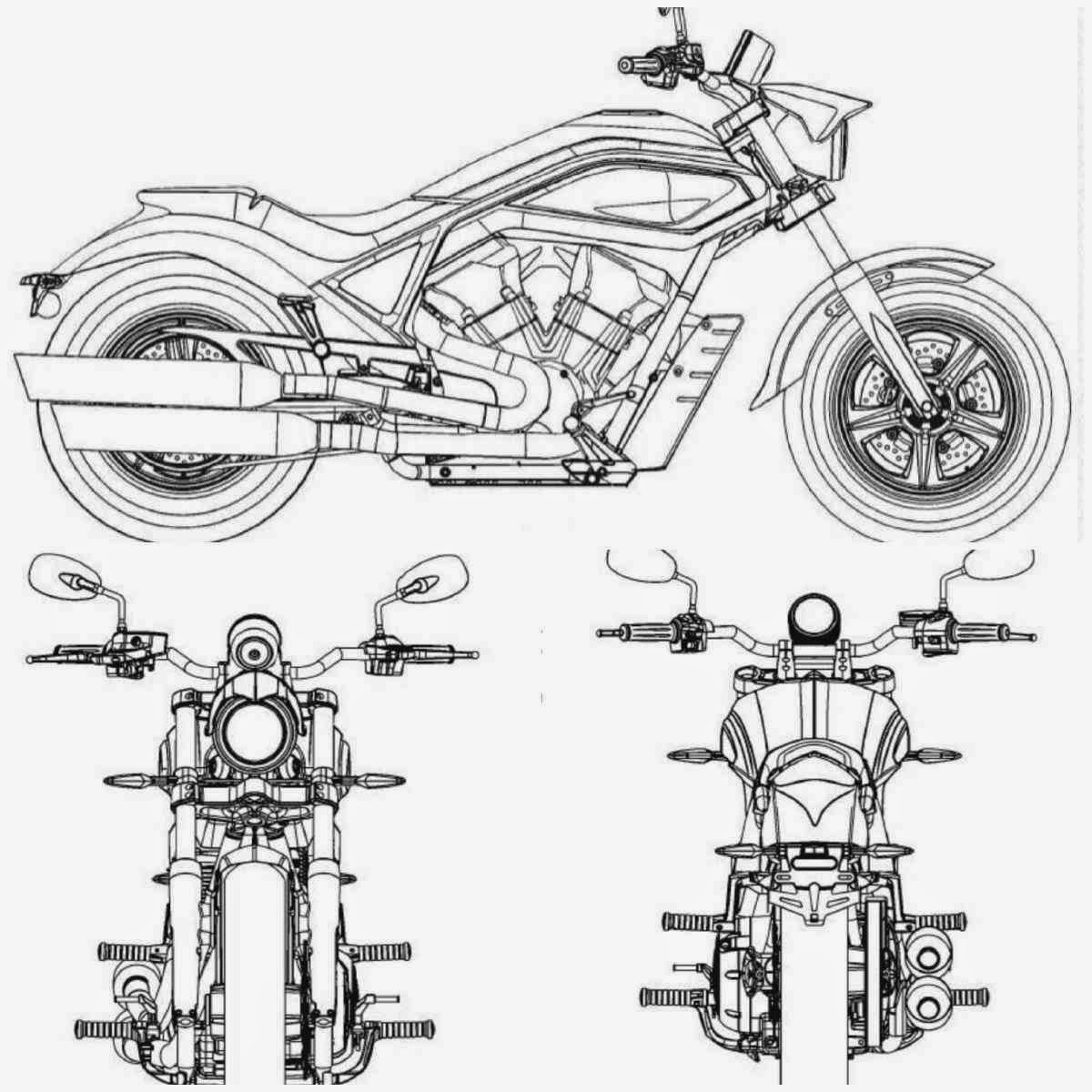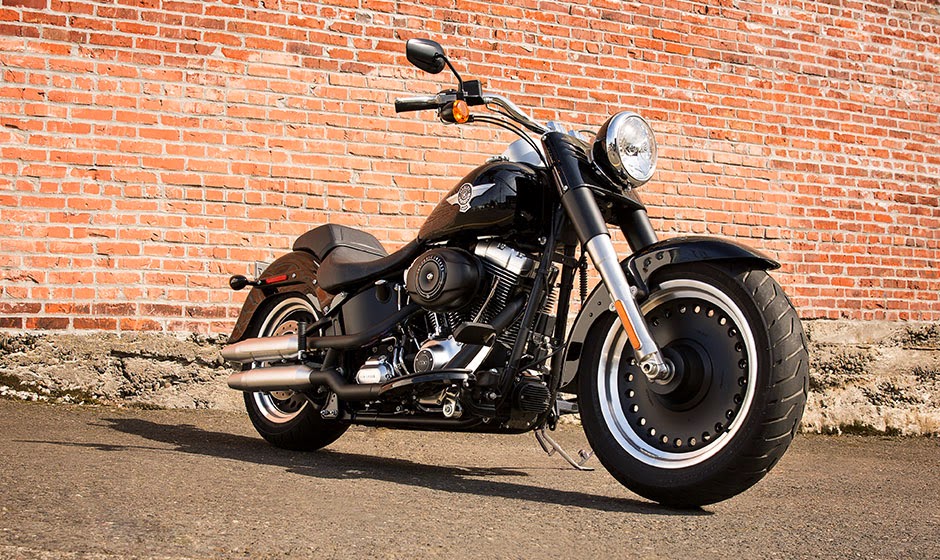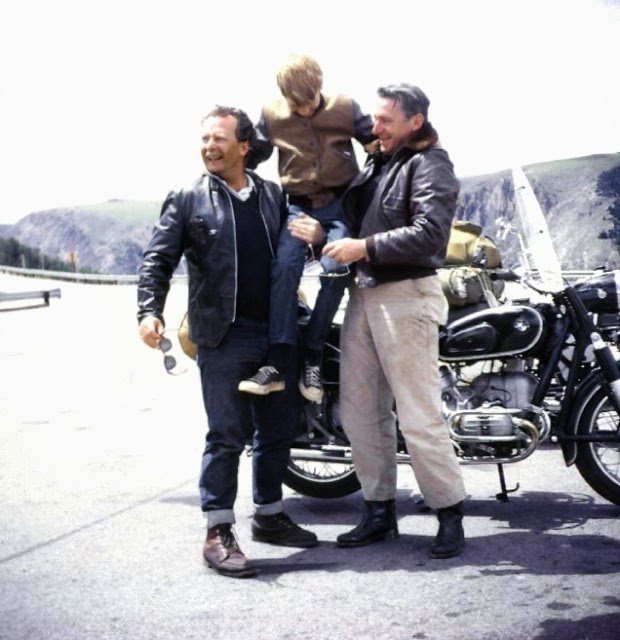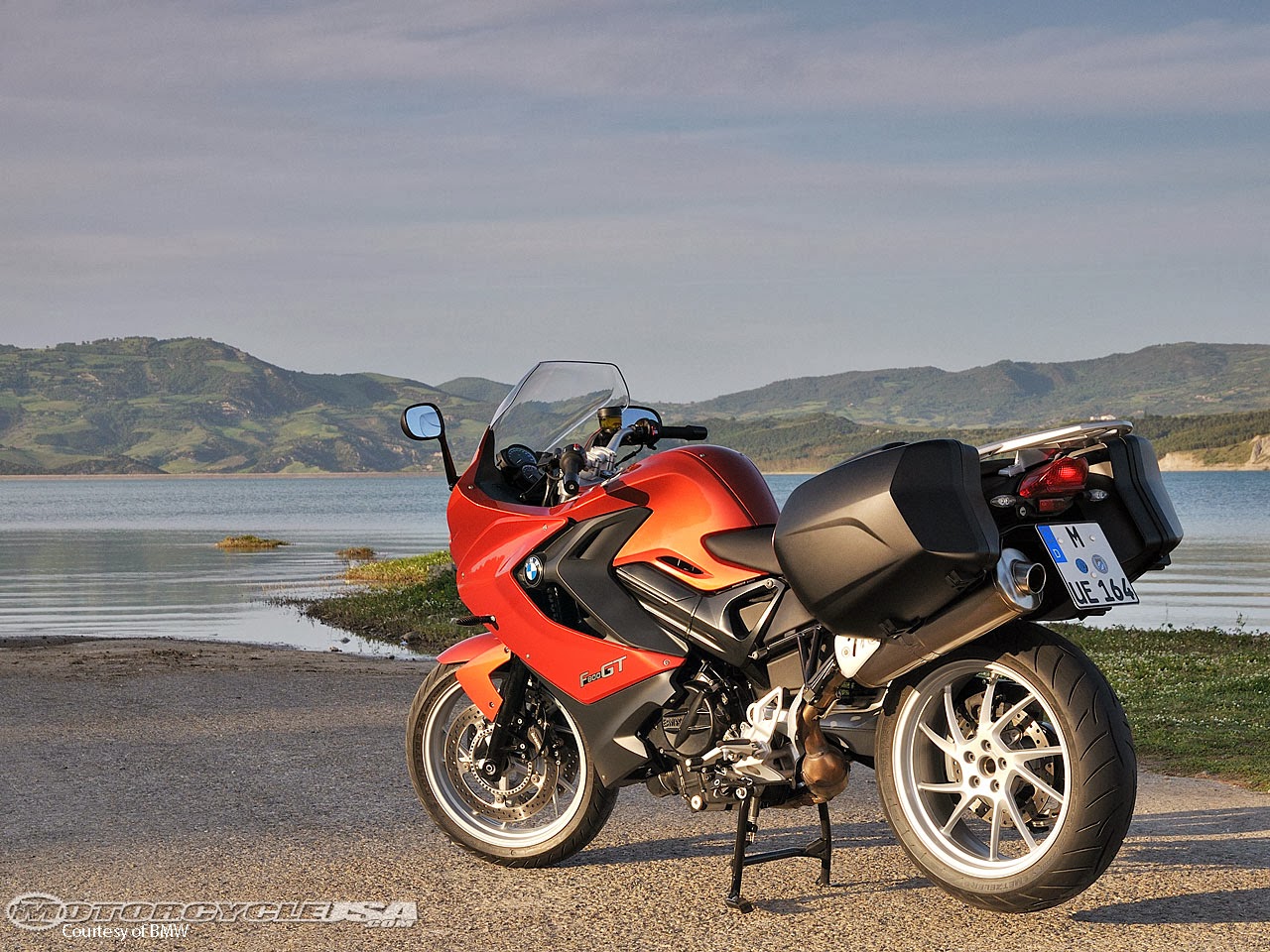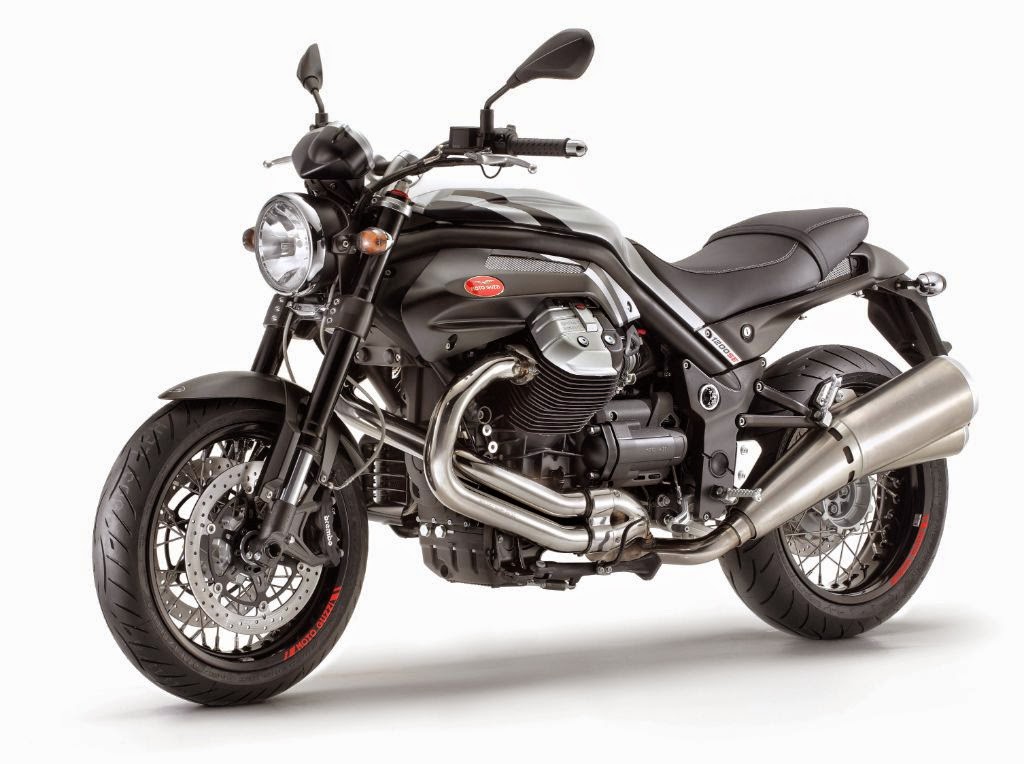 |
| The Gunner looks cool; it needs ABS. |
We're always toughest on the people and things we love, I guess. This is why we sometimes fall into the trap of hurting feelings when offering "constructive feedback" to partners, We want the things we love to present their best selves, to fulfil their potential. And the expression of this desire can sometimes come out as overly harsh.
Outside of personal relationships, though, we pay less attention to feelings. We speak our minds a little more forcefully. This is why we throw things at the TV when watching our favourite teams lose. It is why we turn apoplectic when the politicians supposed to be running the countries we love fail to do so effectively. Caring about something can make you very angry when that something fails to live up to your expectations.
Essentially, this emotion was at the heart of the post I wrote not too long ago, lamenting that the majority of Minnesota motorcyclists are fat, old and woefully under-skilled. I had a few people react negatively to that post (in part, I think, because I inarticulately failed to isolate my criticism to my own specific Minnesota experiences), but I don't really regret writing it. Like the Spanish Inquisition toward the Pope, I possess an almost fanatical devotion to the state of Minnesota. And when I feel it or its residents have let me down in some way I can't help but react with a certain amount of vitriol.
I tell you all this to explain why I am today banging my head against the table and swearing profusely at another Minnesota thing: Victory Motorcycles.
I absolutely love Victory. I love the fact they are from Minnesota; I love the power and ease of the Freedom 106 engine used in all Victory machines; and I love the look of most of their bikes. But this weekend the Mendina, Minnesota-based company announced its 2015 line up, including a "new" model, and my general reaction to said line up is utter exasperation.
Why? Well, first off, let's take a look at this video, shall we?
"Leading the charge is the Victory Magnum," announces the video's breathy voice over.
There are so many things that make me angry about this bike that I'm not sure where to begin. The fact that it's not new is a good place, I suppose. Anyone with eyes can see the Magnum is just a Cross Country with a big, kiddie-toy-esque front wheel and idiot paint job. That's it.
The Cross Country is a hell of a bike, without doubt, but it's been around since 2010. Adding a massive, comical, obviously-compensating-for-something 21-inch front wheel to the Cross Country does not a new bike make. If anything, it just ruins an otherwise brilliant motorcycle by making it considerably harder to handle (a).
Neither is the look of the Magnum new by any stretch. This is the same crap Paul Teutul was churning out of Orange County Choppers back in 2004. Good grief, y'all. The Magnum is a 4-year-old bike with a 10-year-old design.
Also, it is named after a condom. I mean, I realise Harley-Davidson is fond of giving its bikes names that sound like types of condom or dildo (e.g. Fat Boy, Wide Glide, Night Rod Special), but Victory has just straight up stolen the name of a prophylactic and given it to something you're supposed to put between your legs.
Whereas I guess the name High Ball was already provocative enough. Like the Cross Country, it gets new paint and wheels for 2015, but no name change. Meanwhile, the Gunner (itself just a Judge with a different seat) also gets new paint. And that's about it (b).
"As for our touring bikes," growls the voice over. "We let the odometer do the talking."
Huh? In other words: they did nothing.
Most glaring amongst the things they did not do is make anti-lock brakes available on their line of cruisers. I mentioned in my previous post that Victory will have to offer this in the EU from 2016. It appears they are content to wait until the very last minute to offer the feature (or perhaps they're planning to drop out of the European market?). Whereas ABS has existed on all Harley-Davidson models for roughly a year. Victory sees itself as a competitor to the Milwaukee-based brand but the fact is it is getting its ass well and truly kicked.
 |
| The Harley-Davidson Softail Slim costs more than a Victory Gunner but has ABS, tachometer, gear position indicator and keyless start. |
This. Is. Embarrassing.
I have long been a fan of Victory, loving the look of bikes like the Judge, the Gunner and the Boardwalk, and, of course, placing the Cross Country right near the top of Dream Bike list. But seeing the company not try on such an epic scale really frustrates me.
I understand that to a certain extent it behoves Victory not to change too much in an aesthetic sense, because the company is still only 15 years old. Having a load of models that look the same helps to establish a distinct, identifiable Victory "look." But I don't think that vindicates making no other changes in terms of performance, braking, features or ergonomics.
At one point in the promotional video, with heavy rock riffs blaring and the bikes being followed by a shaky camera across desert landscape, the voiceover huffs triumphantly: "In this pack, we're never satisfied."
I'm not satisfied, ether, Victory. You could have done so much better.
____________________
(a)Look closely at about 32-33 seconds in the video and you will notice that even the professional rider Victory hired wobbles this bike. Elsewhere in the video, the same rider is able to go offroading with a Gunner, so that really tells you something about how crappy the Magnum is.
(b) In addition to these minor aesthetic changes, Victory also appear to be dropping the Judge, Boardwalk, Jackpot and Cross Roads models in 2015. That's a shame; I really liked the Judge.
(c)Victory's baggers and tourers offer anti-lock brakes, tachometers and gear position indicators standard. As such, I do not see how it would be at all difficult to offer these things on cruisers.














